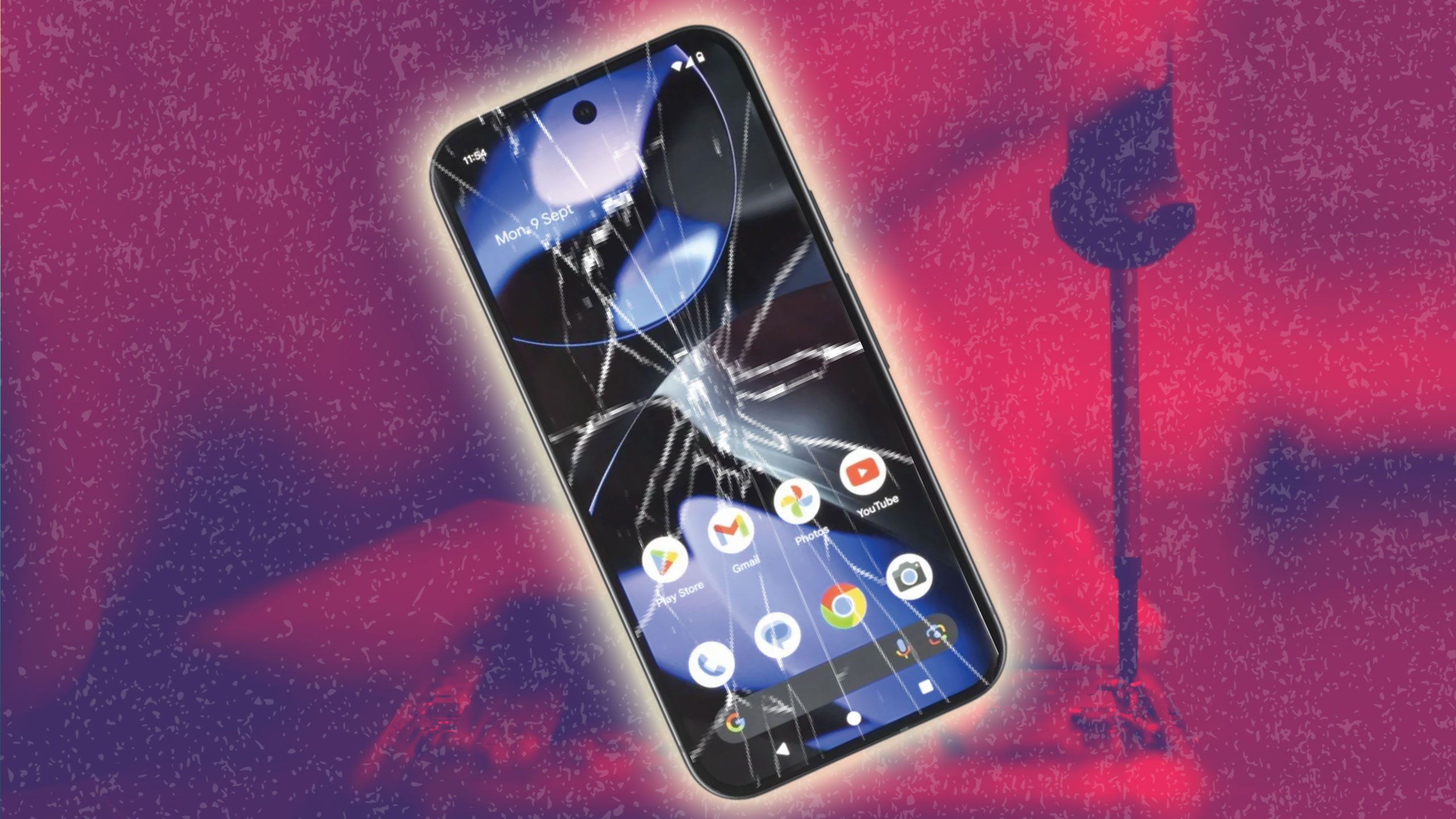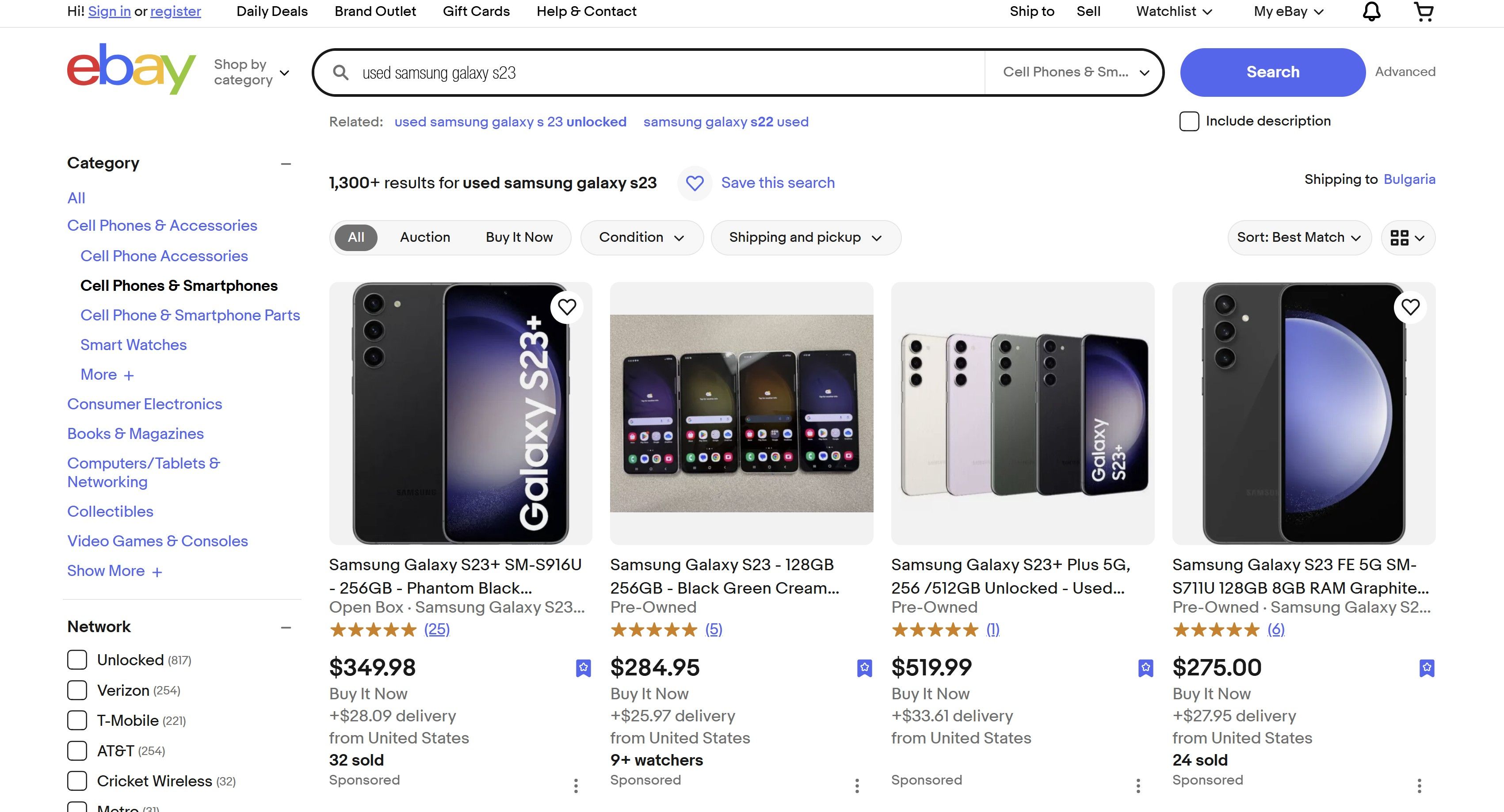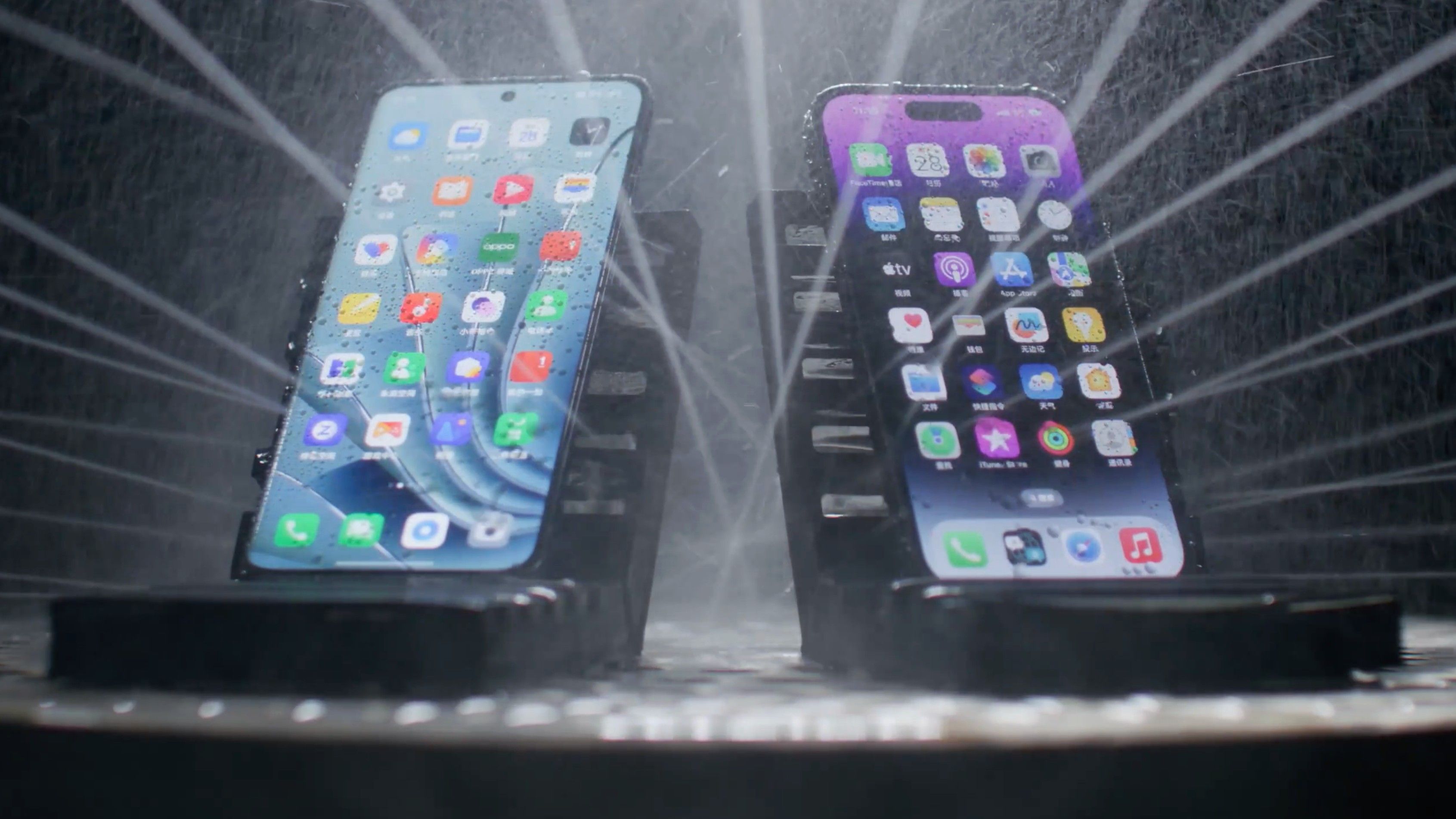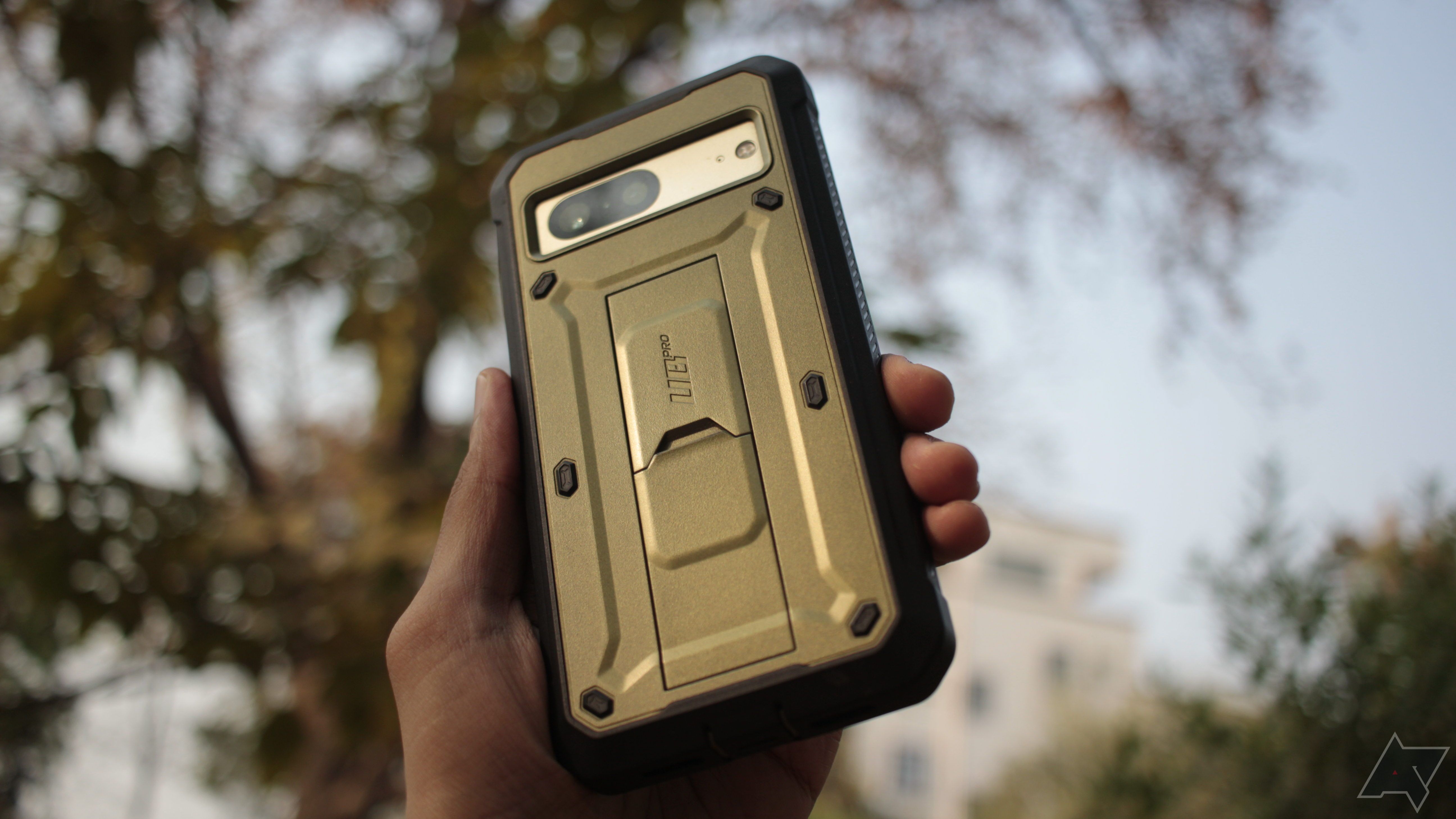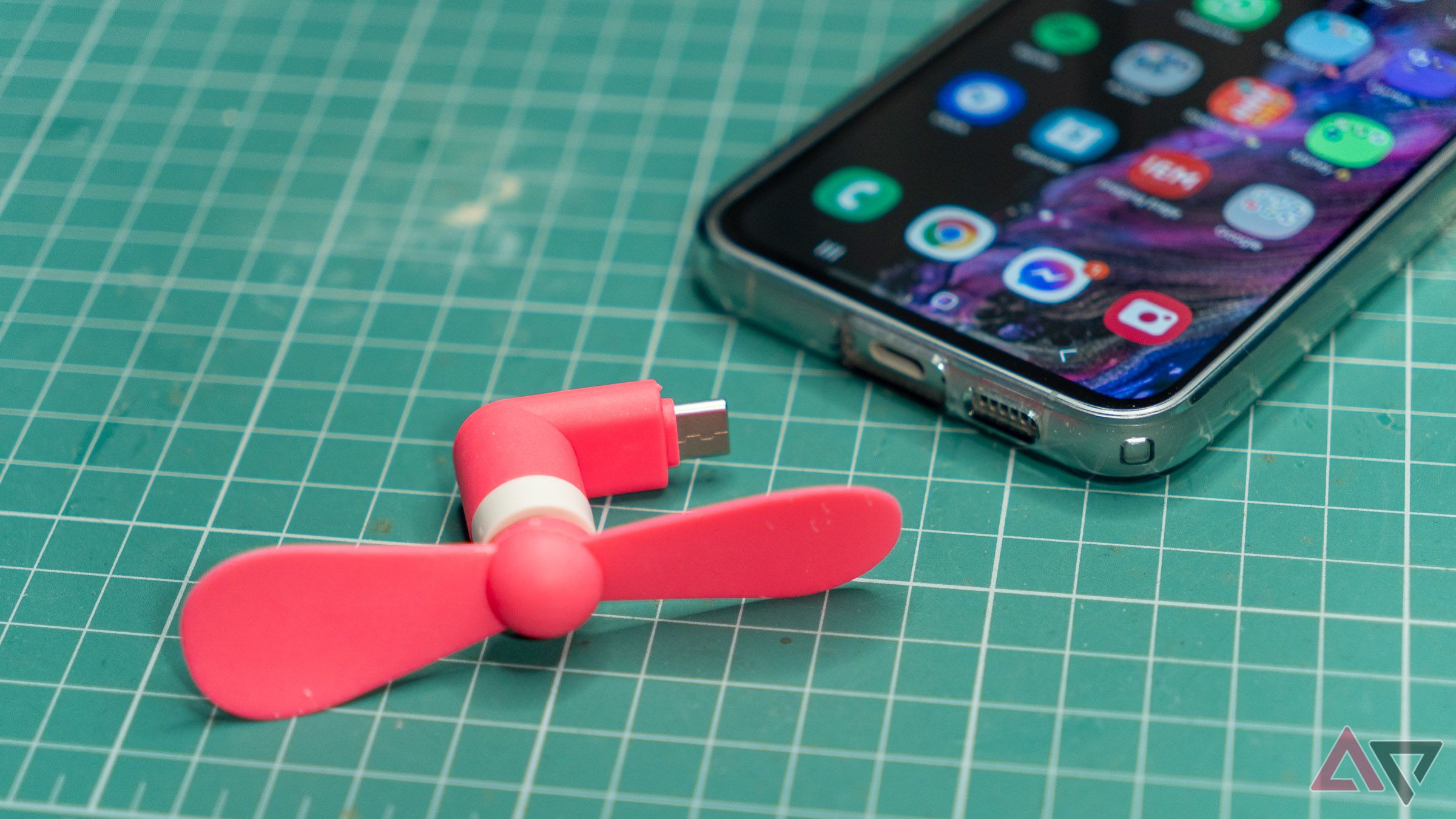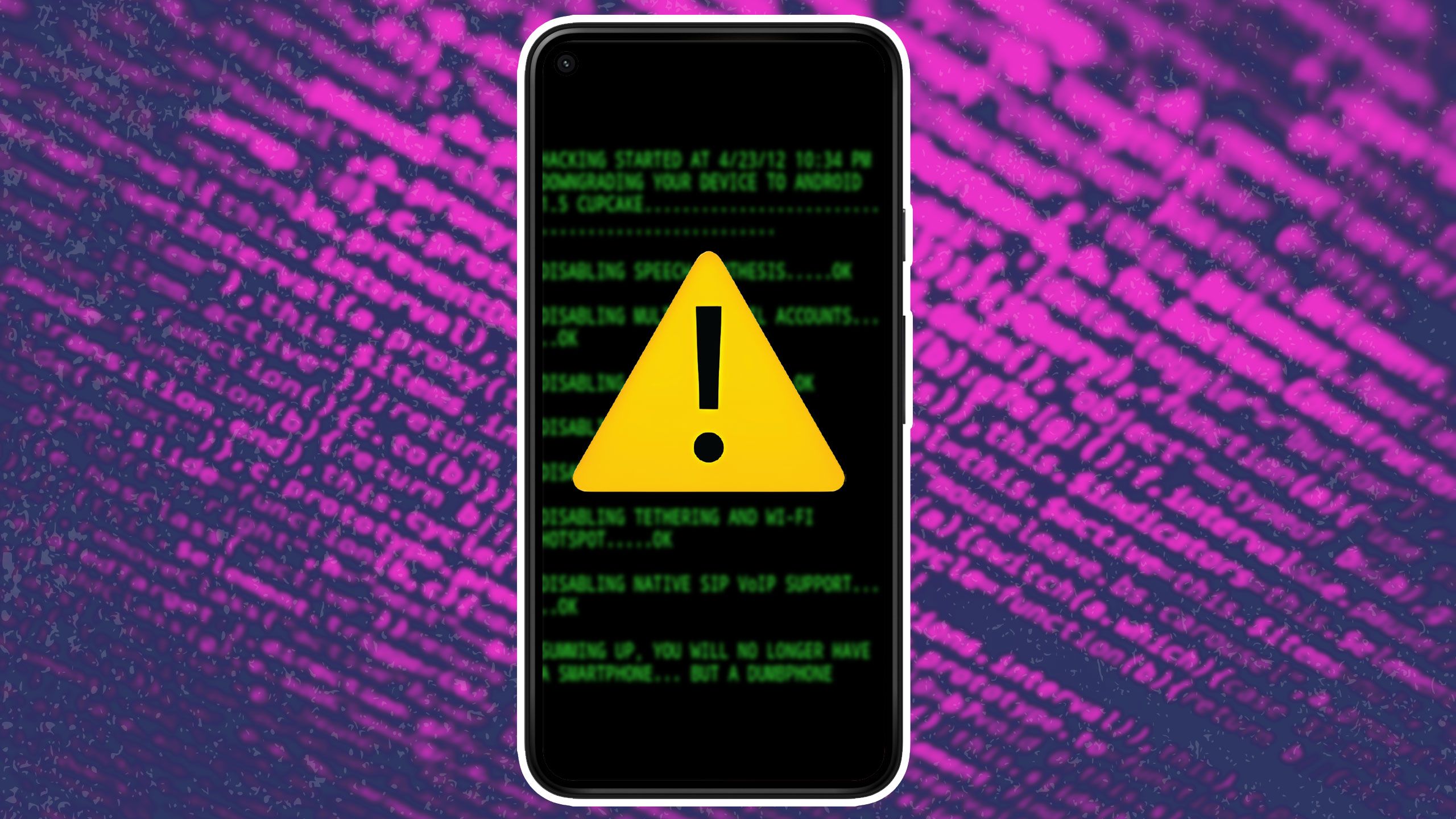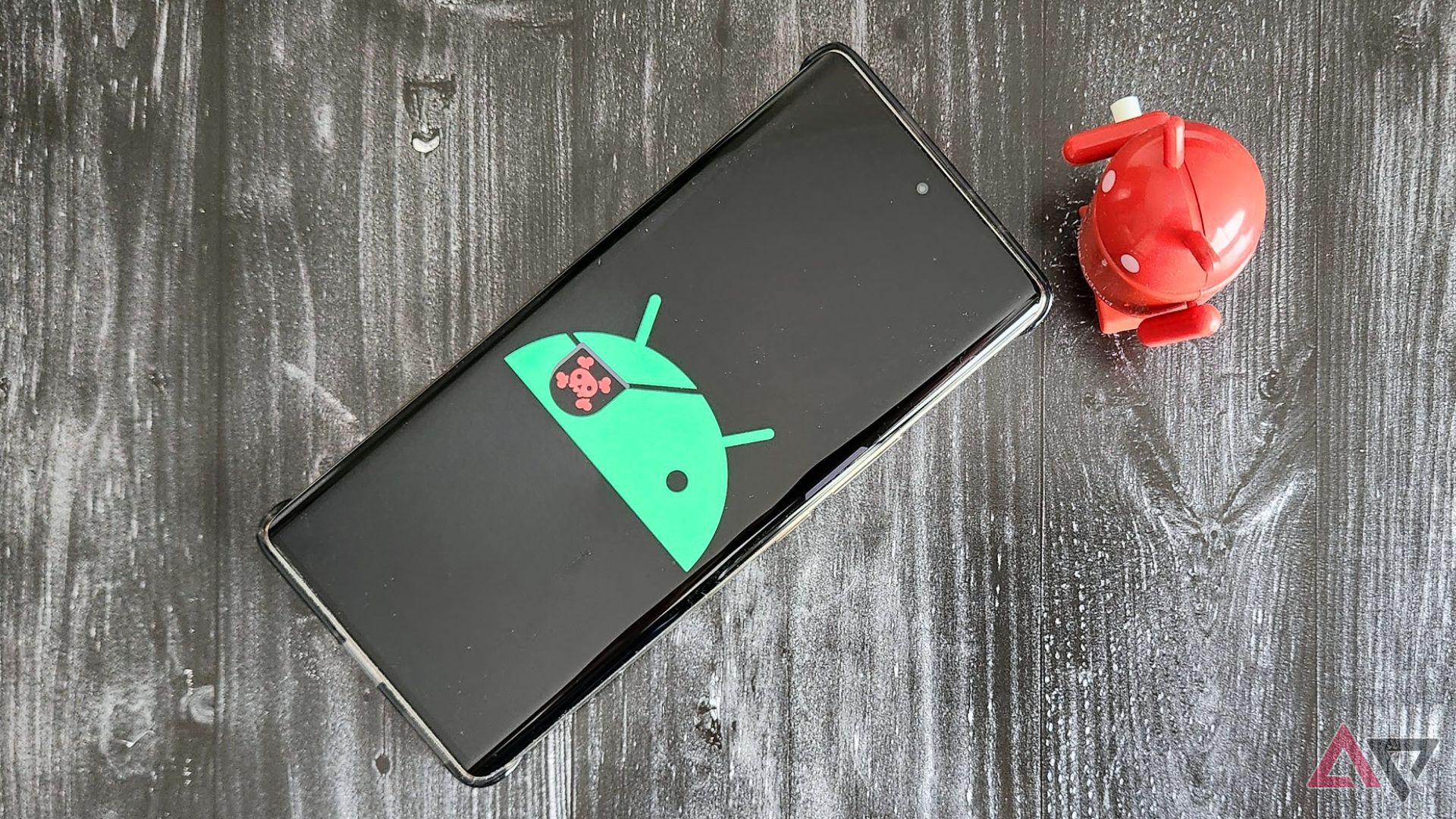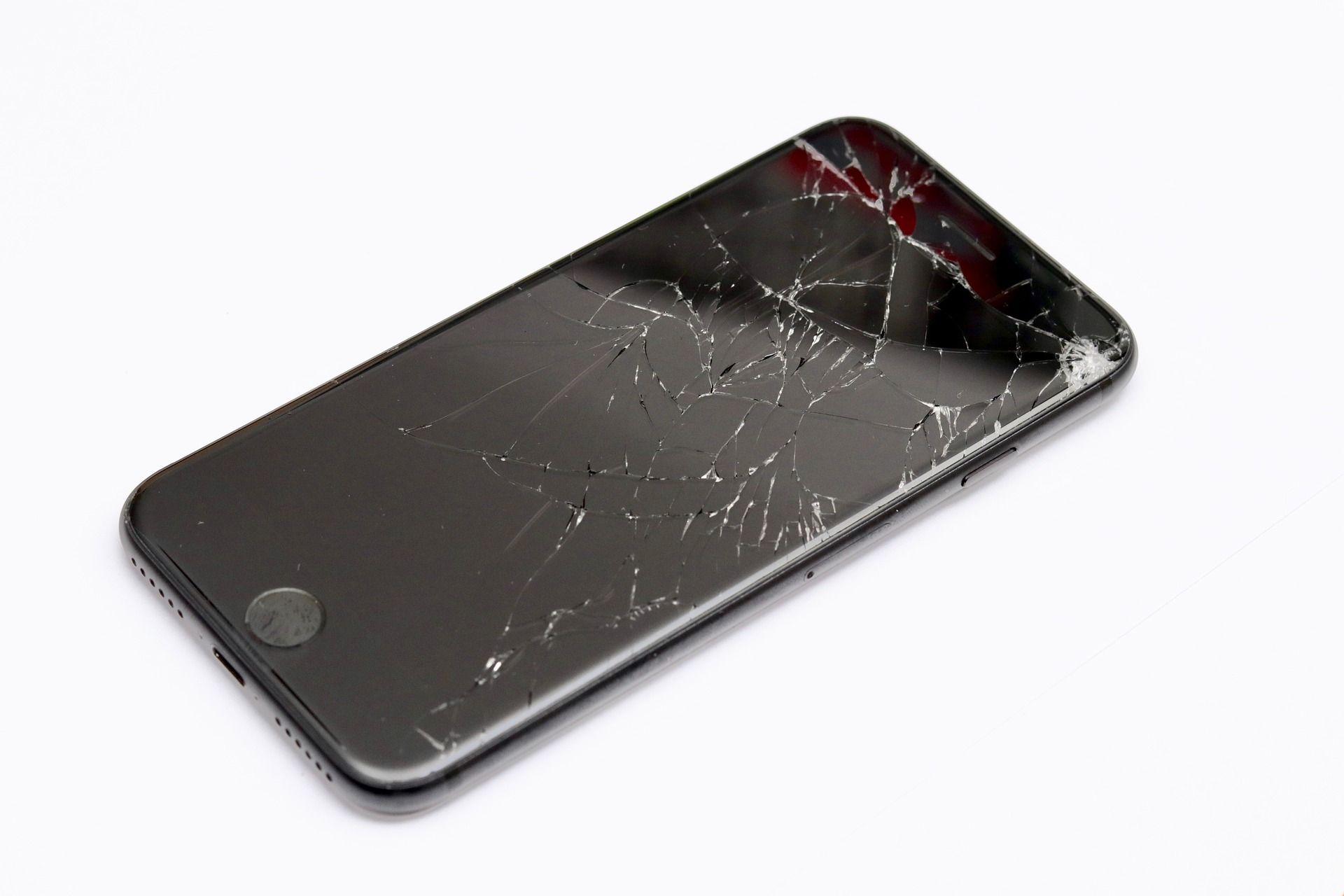When you buy a phone in the US today, it will most likely come with a one-year limited warranty. There are a few exceptions, but Americans generally get 12 months of coverage, whether they’re shopping for the latest flagship or the best budget Android phone.
But as always, there is fine print. That one-year warranty period may not apply in certain situations. The manufacturer may refuse to honor a product’s warranty if it has been modified without approval or used outside its intended purpose. Making matters worse, you may not realize you’re waving your warranty goodbye until it’s too late.
Related
5 essential steps to take before you take your Android phone in for repair
Ignore the steps at your peril
5
Selling your phone
The phone warranty is not transferable
Let’s say you buy a new phone, but it fails to meet your expectations, and it’s too late to send it back to the store. What do you do? Some people may decide to sell it, and sites like eBay and Facebook Marketplace make this easy. Others may give it away to a friend or relative. But, in any case, its new owner may not get any warranty coverage.
Samsung, for instance, states that the “transfer or assignment of [the] Standard Limited Warranty is prohibited.” Motorola and OnePlus have identical clauses in their warranty terms. We assume the original owner would still be able to make a warranty claim if that’s an option, but a subsequent owner may not, even if they have your original receipt. Keep that in mind if you list a phone for sale online as you don’t want to mislead potential buyers.
4
Using the phone in a different country
Buying a cheaper phone while on vacation may cost you
Tech in the US tends to be cheaper than in other parts of the world. As I can confirm from experience, the temptation to go shopping for new gear while visiting New York can be hard to resist. The catch is that the warranty on tech products may not be valid outside the US.
Your mileage may vary as companies have different policies on different product types. For instance, some Lenovo laptops are eligible for international warranty, and I’ve claimed service for my old HP laptop in Europe, even though I bought it in the US.
With phones, international warranties are more complicated. If you buy a Samsung, Motorola, or OnePlus phone in the United States, you receive service under warranty only within the country. While using the phone abroad will not void its warranty, you can only make a warranty claim in the US.
If you buy a phone in the UK, Switzerland, or a country within the European Economic Area, Samsung and Google will honor its warranty in any of these countries. Motorola and OnePlus will not.
3
Water damage
Because IP ratings are not forever
Water damage is a surefire way to void your phone’s warranty. Paid extended warranties do cover liquid contact damage, but the limited warranty you get for free does not.
What’s confusing is that most premium phones have Ingress Protection (IPXX) ratings, which indicate how well they resist water and dust penetration. This may lead you to believe that a phone’s standard warranty covers water damage. It does not, as companies like Google clarify, despite selling water-resistant phones. There’s a good reason for this. Water resistance does not last forever, and user error or normal wear can compromise it, sometimes without visible external symptoms.
Liquids can seep through a cracked screen or a broken seal around the SIM card tray, even if you have one of the best rugged phones. Salty ocean water can corrode metal if a drop of it sticks inside the charging port. Tiny sand particles can puncture a phone’s speaker. Moisture-sensitive pads inside the phone can indicate to a service center if water droplets made it through, thus voiding your warranty.
Related
From IP ratings to military spec: What do all these phone ruggedness ratings mean?
Just how tough is your phone?
2
Damage caused by non-approved accessories
Think bad chargers or those silly USB fans
It is possible for a poorly made accessory to cause damage to a phone. This could be a bad charger that can’t provide a stable or the correct voltage. It could also be an accessory that plugs into your phone like those USB fans you find at the dollar store. In any case, defects caused by accessories not approved by your phone’s manufacturer will not be repaired under warranty.
I’m not talking only about knock-off chargers here. Sometimes, it’s a case of brands not conforming to standards. Several years ago, Lidl sold a tool with a USB-C charger in the box. However, that charger was fixed to 12V instead of the typical 5V, without any fast-charging negotiation. It’s easy to assume that a charger with a USB-C connector would be universal, but plugging that into anything other than Lidl’s tool could cause instant damage.
USB fans typically cause voltage instabilities because their motors lack appropriate filtering, and stalling the blades may overload the USB port. Modern phones have some protection against short circuits and unstable voltage, but even so, the vibrations caused by the fan spinning can physically damage the phone’s connector. A phone’s warranty does not cover that kind of damage.
1
Rooting
You’re out of luck if rooting damages your phone
Rooting is the process of modifying an Android phone’s software in a way that gives the user elevated privileges. It provides access to restricted parts of the system, which allows power users to make advanced modifications to their phones.
Rooting is on this list because its relationship with warranties is complicated. While going through all popular phone brands’ policies, I could not find a clause that said rooting voids a phone’s warranty. Additionally, rooting does not affect a warranty under EU regulations.
However, it is wrong to assume that your phone is still under warranty if anything goes wrong. All brands confirm that damage from obtaining root access isn’t covered under warranty. The limited warranty covers only the hardware, not the software on the phone. If you brick your device as you tinker under Android’s hood, you’re on your own.
While researching this topic, I also found that, on Samsung devices specifically, rooting trips a Knox security trigger. This deactivates certain features and cannot be undone because it physically breaks a connection on the phone’s circuit board.
Related
5 ways Google nerfed custom ROMs and rooting
Rooting is rarely worth it nowadays, and there are some major drawbacks
Are phone warranties always 12 months in the US?
The most new phones you can buy in the US come with a limited warranty of 12 months. One exception is the Murena variant of the Fairphone 4 with its free, five-year extended warranty. Another is the Enterprise Edition Samsung Galaxy devices, which ship with three years of warranty coverage.
Most refurbished smartphones come with a 90-day warranty. Among the exceptions are the Certified Re-Newed phones by Samsung, which have a 12-month warranty, like a new Samsung phone.
Some limited warranties have specific terms for batteries, as these are considered consumables. For Samsung phones, the warranty applies only if the battery drops below 80% of its original capacity. OnePlus excludes batteries from its warranty coverage. Blu phones have a battery warranty of six months.
Don’t void your warranty without knowing
Nobody likes to read lengthy paragraphs of legal verbiage, but when you spend $1,000+ on a phone, familiarize yourself with its warranty terms and conditions. You do not want to be in a situation where you can’t take advantage of your phone’s warranty. Every gadget breaks sooner or later, and it’s good to know your options if your pricey investment misbehaves.
Another route worth considering is a premium protection or insurance plan. These cost extra and may require a payment to make a claim, but last longer than a limited warranty and cover accidents like physical and liquid damage. Whether they’re worth it depends on your budget and usage habits. With DIY repairs still challenging to pull off and companies like Samsung working against easy repairs, it’s no surprise many people subscribe to have peace of mind.


